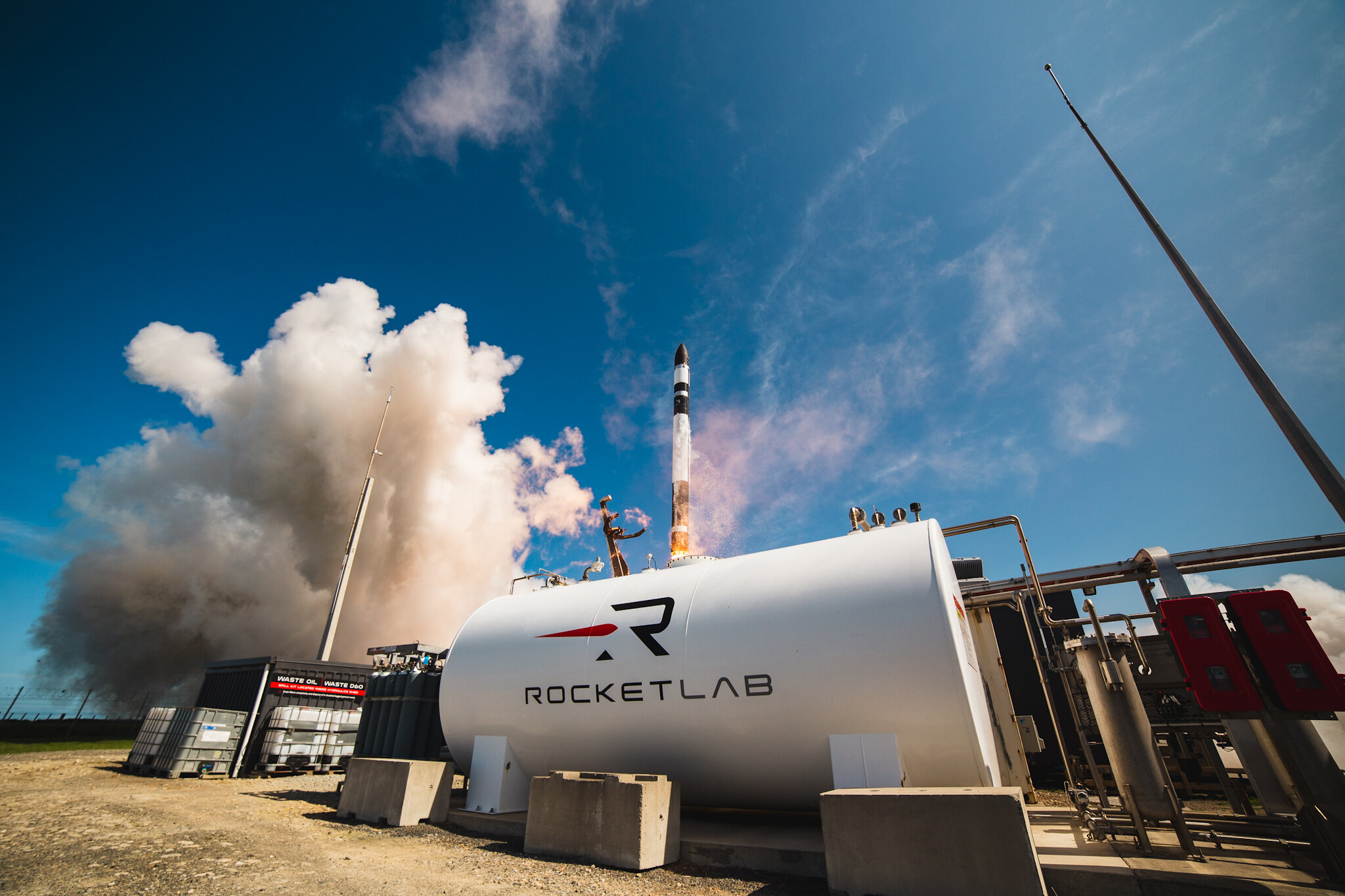Is your idle cash piling up because the market environment feels different than it did just a few months ago? If so, you're not crazy. Things are different. In addition to plenty of new political and international trade tensions (including further unrest in the Middle East), the top-performing growth stocks of yesteryear are no longer the market's leaders.
This isn't a reason to stop investing, though. It just means you need to change your tack. Rather than looking backward, look for the names most likely to lead in the foreseeable future.
To this end, if you've got an extra $1,000 lying around -- or any other amount -- you'd like to put to work for a while, here's a closer look at three of the best growth stocks worth adding to almost any well-diversified portfolio.
1. Uber Technologies
Ride-hailing outfit Uber Technologies (UBER 0.50%) isn't just a clever rethinking of the planet's taxi industry. It's growing like crazy because personal mobility is undergoing a paradigm shift. Not only are younger people here and abroad decreasingly interested in owning a car, but interest in even attaining a driver's license is waning, the younger the prospective driver in question.

NYSE: UBER
Key Data Points
For perspective, data from the Federal Highway Administration indicates that only about one-third of age-eligible teenagers in America currently have a driver's license, versus roughly two-thirds of this crowd 30 years ago.
What gives? Sheer cost is one stumbling block. The rise of convenient alternatives is another. Not only is public transportation a marketable and convenient option these days, but ride-hailing services like Uber are now the norm.
Combining its domestic and international operations, Uber's drivers made nearly 11.3 billion trips last year, up 19% from the previous year's count, to sustain the company's incredible growth streak that's apt to last for at least a few more years.

Data source: StockAnalysis.com. Chart by author.
This still only scratches the surface of what Uber could grow into, though, as younger consumers displace older owners and make their norms even more mainstream. Uber's delivery business (of restaurant-prepared food, but also same-day shipping on a range of online purchases) is growing about as quickly as its personal mobility arm. Precedence Research predicts the online food-delivery market is poised to grow by more than 17% per year though 2034.
At the same time, the looming advent of self-driving vehicles will be, according to CEO Dara Khosrowshahi, "the single greatest opportunity ahead for Uber" by virtue of cutting the company's per-mile cost in half. It could take 10 to 20 years to reach the point where autonomous vehicle technology is truly ready for large-scale deployment. The company, however, has proven it can muster plenty of growth in the meantime.
2. Rocket Lab
To say rocket launch company SpaceX has turned a few heads lately would be a considerable understatement. It's seemingly not been the stuff of highly visible headlines for more than a few days at a time for a while now, even if the news isn't always good. Its so-called Starship that sits on top of the world's most powerful -- and reusable -- rocket that's currently in use seems to be destroyed upon reentry about as often as it safely lands. If nothing else, every launch is a thrill for one reason is another.
The fact is, however, SpaceX's massive rockets aren't necessary -- or even practical -- for many orbital launches. A much smaller, more reliable rocket can handle the job just as well for most satellites.
Enter Rocket Lab (RKLB 0.98%), which developed and now regularly uses (and reuses) a 60-foot rocket called the Electron that's capable of carrying up to 660 pounds worth of equipment into low-Earth orbit. To date, it's been used 68 times to carry 232 satellites into orbit, for public and private sector organizations alike. This less-riveting tool represents the majority of the future of space technology.

Image source: Getty Images.
That's not to suggest Rocket Lab isn't thinking bigger, though. It is, figuratively as well as literally. Its so-called Neutron rocket in development right now will be capable of lifting up to 13,000 kilograms (more than 28,000 pounds), which in turn means it will be capable of starting delivery and resupply trips to the moon, or even Mars.
The need for this deep-space launch option is still a few years away, and Rocket Lab remains unprofitable in the meantime. It's growing, though, and making progress toward profitability. Analysts expect a swing to a profit by 2027, while Global Market Insights believes the worldwide commercial space launch market is set to grow at an average annualized pace of nearly 15% through 2034. Rocket Lab is well-positioned to capture at least its fair share of this growth.
3. Snap
Finally, by the time the Snapchat app was launched in 2011, Meta Platforms' Facebook and Twitter had already been around for a while. The last thing it seemed like the world needed was another social media platform. And to be fair, some of the results that Snapchat parent Snap (SNAP +0.00%) has reported between then and now suggested the same.
As it turns out though, maybe there is room for something other than Facebook or X (formerly Twitter), or for that matter, a similar alternative to TikTok or Instagram. Snapchat's number of daily users has continued to steadily grow, reaching a record 460 million as of the first quarter of this year.
Oh, it's not all good, to be sure. All of that user growth is taking shape outside the important European and North American markets. Indeed, its North American head count is actually slipping just a bit. This is one of the reasons Snap shares have struggled for a while now.

NYSE: SNAP
Key Data Points
What it may be lacking in user growth, however, the company's more than making up for in total revenue, as well as per-user revenue. On a worldwide basis, its Q1 top line improved to the tune of 20%, and was up a solid 12% year over year in North America for the same three-month stretch, where per-user revenue grew 13%.
The "so what" is simply that Snap's making progress by a wide range of measures, including on the profitability front. For each of these measures, the progress extends trends that are expected to carry on for at least the next few years, if not the next several years.
Some of that progress comes from the company's willingness to continually experiment and evolve, not unlike Facebook and Amazon. For instance, just last month, Snapchat introduced a new tool making it easier for content creators to create and edit videos using their existing media. Around that same time, the platform unveiled a subscription-based offering called Lens+ that gives its users access to more in-app features than free users will find.
Some of these initiatives will pay off. Others won't. Enough of them should work out, however, to continue making the Snapchat app compelling and competitive with alternatives.
The kicker: While Snap's historical bottom line has been hit-and-miss (more miss than hit), plenty of investors don't yet realize that the company's at a major turning point. Profitability is here, and profit margins are expected to widen going forward thanks to continued revenue growth.






